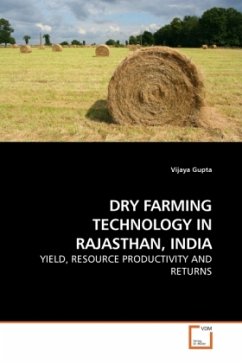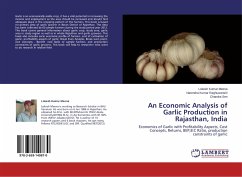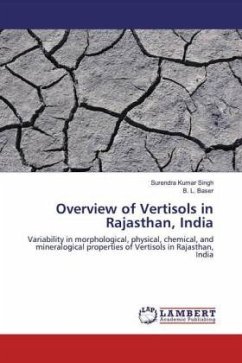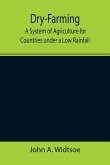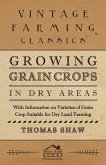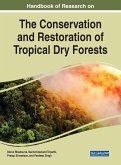Low and unstable crop production has been a chronic problem of agriculture in the dry regions of India. Since the inception of HYVs in 1966, it became essential to take immediate steps for improving dry land agriculture to reduce the prevalent gap between the incomes of the farmers in irrigated and unirrigated tracts through new dry farming technology. Widespread adoption of technology is possible only if the poor farmer is assured of higher productivity, more farm income and employment opportunities. Therefore this study is an attempt to evaluate the resource productivity and profitability of the new dry farming technology in terms of yield, returns and resource productivity of major crops in Rajasthan India. This volume will interest agricultural economists and their students, agricultural activists and NGOs, aid agencies, policy makers and researchers in economics of dry farming technology.

